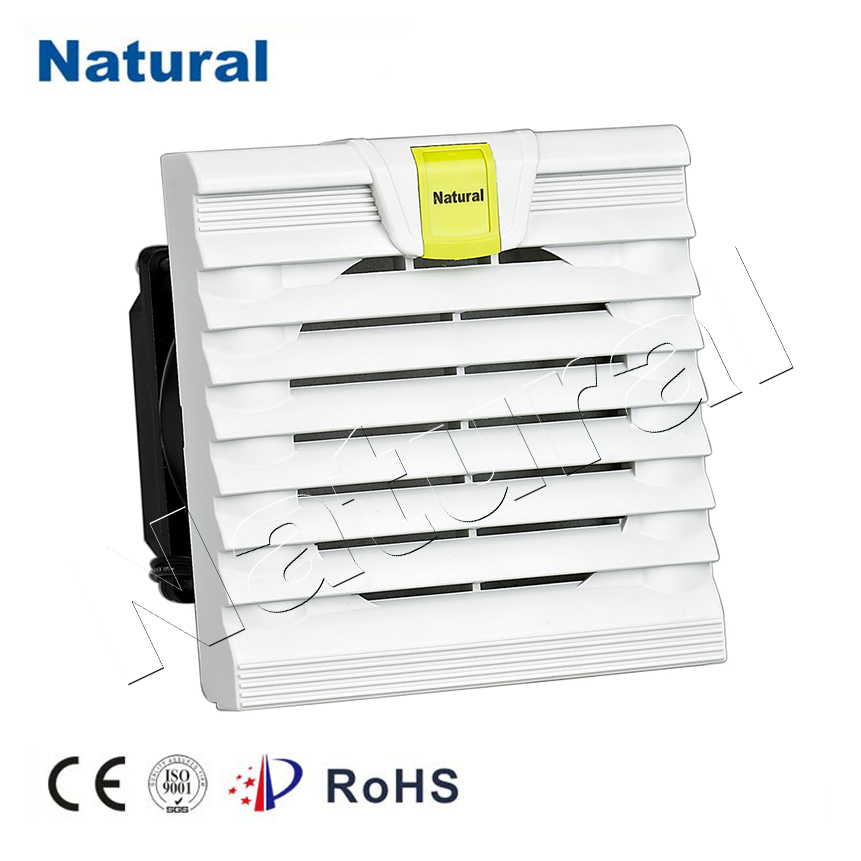In various industrial and residential settings, cabinet filters play a crucial role in maintaining air quality and protecting equipment. These filters, often integrated into cabinetry systems, are designed to capture dust, particles, and contaminants that could otherwise compromise both air quality and the efficiency of mechanical systems. This article explores the function, types, benefits, and maintenance of cabinet filters, providing a comprehensive overview of why they are essential in modern environments.

Function and Importance

Cabinet filters are primarily used to purify air within enclosed spaces. In industrial contexts, these filters are commonly found in HVAC (Heating, Ventilation, and Air Conditioning) systems, workstations, and machinery enclosures. Their main function is to trap airborne particles such as dust, pollen, and smoke before the air circulates back into the environment. This is crucial not only for maintaining a clean and safe workspace but also for ensuring the longevity and efficiency of sensitive equipment housed within these cabinets. In residential settings, cabinet filters can be found in kitchen range hoods, air purifiers, and other ventilation systems. Here, they help in removing grease, odors, and particulate matter, contributing to a healthier living environment and reducing the need for frequent cleaning.
